Gascon stream is 7,7 kilometers long. It flows through agricultural areas including cultivated fields and forested natural areas. Previously to this study, this stream was known for its great ecological value. Fourteen sampling stations were set on the downstream sections. Its head is located under the power lines to the east of Road 335. On the upstream section, the channel is wide and very deep which prevented us from conducting inventories. Gascon stream crosses Montée Saint-François, flows through large forested ecosystems and gushes into Mille-Îles River near the Fromagerie du Vieux Saint-François.
Results
Data collected in 2014 allowed for the comparison of this stream with Champagne, la Pinière and Papineau-Lavoie streams.
Fluvial habitat
-
Although some stream segments are very narrow and shallow, probably due to the proximity of agricultural fields, the water flows easily.
-
This stream has remained quite natural; it supports diverse habitats, is often shadowed by canopy, contains coarse woody debris and has different substrate types.
-
The proximity of agricultural fields can explain why the riparian buffer strip index is lower. The good news is that there were no recorded signs or erosion.
-
Gascon stream is known for its low rate of urbanization and it has the lowest proportion of waterproof and sealed surfaces in its proximity. Only 3,5% of its surrounding is not permeable.
Water quality
-
The water quality observed in Gascon stream was generally higher than in other streams. Dissolved oxygen levels are of 106,4 ± 28,9%, which is optimal.
-
Conductivity is the lowest compared to Champagne, Papineau-Lavoie and la Pinière stream, which is probably because there is but a small proportion of mineralized surfaces drained into this stream. The average conductivity is of 657,9 ± 120,6 μs/cm. Even though it is the lowest recorded, it remains over the threshold of 500 μs/cm recommended by EPA.
-
All the surveying stations had important coliform bacteria levels (E. coli and others) which make it unsuitable for primary contact for the entire summer season. One can therefore not swim in this stream. For secondary contact, some sites were barely on the threshold line by the end of the summer.
-
Average phosphorus levels reveal a potentially concerning water quality, except during early summer periods. Nitrogen concentrations also show that the area in general is over fertilized.
Biodiversity
Riparian vegetation
-
All of the following introduced and invasive species were recorded in several sampling stations : European buckthorn, common reed, purple loosestrife, reed canary grass and japanese knapweed.
-
Endangered species such as black maple and ostrich fern were also observed.
Benthic macroinvertebrates
- Gascon stream supports many different types of high quality habitats. It is considered healthy, but may potentially be contaminated by organic pollution.
Ichtyological inventories
-
Bait trapping and electric fishing revealed that Gascon stream had the highest species richness (12 species) and overall sustained higher biodiversity. This can probably explained by the many different types of high quality habitats in this stream.
- Gascon stream is definitely an interesting site due to its proximity to the Mille-Îles River and the wildlife refuge. The exclusive presence of sensible species like brassy minnow (Hibognathus hankisoni) which was never recorded in the area before, is of great conservation interest.
Conclusion and recommendations
Unlike Campagne stream, Gascon stream supports an incredible biodiversity and many riparian habitats. Brassy minnow (Hibognathus hankisoni), an endangered species, was recorded in the stream as well as other prized species by fishermen such as northern pike and sunfish. Gascon stream has the highest level of ecological integrity but also a low riparian buffer strip index. Restoration projects involving property owners and farmers could not only improve riparian ecological functions, but also increase much needed citizen stewardship, which is crucial to improve and value Laval’s natural areas.
Report (in French)
Ecological characterization report; 2014: Rapport du projet Ruisseaux urbains de Laval 2014-
Conference (in French)
March 17th 2016: Spring meeting of agroenvironmental actors of Lanaudière-Laval (MAPAQ):. Présentation du projet Ruisseaux urbains de Laval en zone agricole.
Media publication (in French)
March 7, 2016 - Article in Courrier Laval –
Press releases (in French)
February 17, 2016 –
.jpg)
Stakeholders and special thanks
Ecological characterization report, 2014
(4).png)
Special thanks
We would like to thank all the stakeholders that contributed to the execution of this project. To start off, we thank the ‘’Service aux collectivités’’ and professor Beatrix Beisner’s lab from Université du Québec à Montréal for its amazing collaboration. We wish to highlight their expertise, sampling efforts, species identifications of benthic macroinvertebrates in their labs and to thank the, for sharing equipment that allowed for the measurement of physicochemical parameters and fecal coliforms of water samples. We would also like to thank the Ministry of Forests, Wildlife and Parks for sharing equipment and knowledge and for the contribution of many specialists during sampling and fish species identifications. We also thank Correctional Service Canada for their contribution in this project, notably by giving us site access for the La Pinière stream located on the federal penitentiary, and for their ornithological expertise. CRE de Laval lastly wants to thank the City of Laval, the Science Horizons Youth Internship Program of Environment Canada, RBC’s ‘’Eau Bleue’’ program and the financial contribution of the Fondation de la Faune du Québec as well as for their shared data and expertise.



